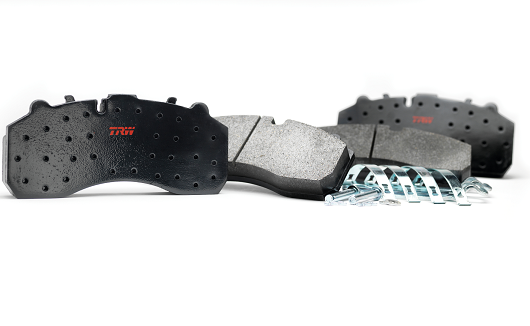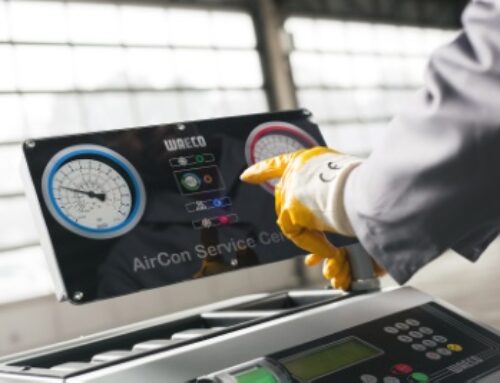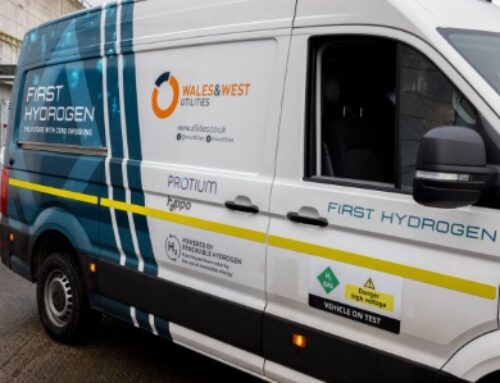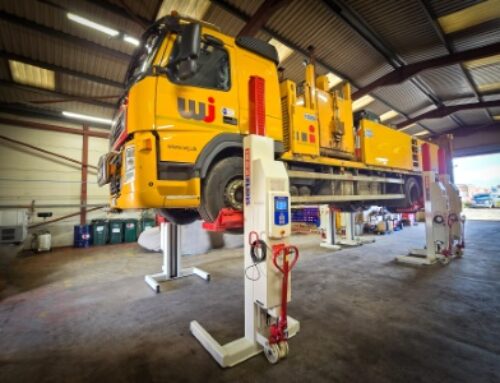ZF: quality counts in commercial braking
 ZF Aftermarket has outlined the advantages of its TRW branded heavy commercial vehicle (HCV) braking portfolio – emphasising its commitment to performance, safety and durability.
ZF Aftermarket has outlined the advantages of its TRW branded heavy commercial vehicle (HCV) braking portfolio – emphasising its commitment to performance, safety and durability.
The programme consists of 90 brake pads, 30 associated wear leads, 60 brake calipers and more than 100 ECER90-homologated brake discs for the complete Air Disc Brake System.
“Disc-style brakes began in England in the1890s with the first ever automobile disc brakes patented in Birmingham in 1902,” said ZF.
“It took another half century for this innovation to be widely adopted and another 80 years or so before the disc brake was fitted to a commercial vehicle, with Renault introducing the first at OE level in c.1983. The product followed into the aftermarket soon after.
“ A major breakthrough, this meant that for the for the first time there was an alternative to the traditional drum and shoe braking system for the HCV world – opening up a whole host of opportunities for vehicle and parts manufacturers alike.
“These brakes offer better stopping performance than comparable drum brakes, including resistance to brake fade caused by the overheating of brake components, and are able to recover quickly from immersion (wet brakes are less effective).
“Unlike a drum brake, the disc brake has no self-servo effect and the braking force is always proportional to the pressure placed on the braking pedal or lever.”
Due to the very nature of commercial vehicles, as well as the weight they carry, they demand a greater braking performance, says ZF, and the disc brake system fits the bill. Vehicles using this combination can utilise now standard anti-lock braking technology.
James O’Gara, senior HCV sales manager at ZF, explained: “The brake pads are designed for high friction with brake pad material embedded in the disc in the process of bedding while wearing evenly.
“The pads work with a very thin layer of their own material and generate a semi-liquid friction boundary that creates the actual braking force. So the quality and composition of the compound used is pivotal.
“The higher the quality of the pad used, the less it should have to be changed, therefore reducing downtime of the vehicle.”
When it comes to brake pads, the most important part is the friction material that is used, says ZF, so it pays dividends to use a quality pad from a leading braking manufacturer, such as its TRW branded product.
The company points to its OE heritage and years of research and development behind its HCV friction material, which it says exceeds the high quality expectations for commercial vehicles. All the friction materials are manufactured in house and are heavy metal-free, based on the company’s environmental policy in line with current legislation.
Moulds and backing plates are also internally processed and are adjusted to optimally match the friction material.
 “Every TRW HCV part is tested to the extreme: in the laboratory; on the track and on the road to make certain it meets the toughest of challenges, time and again,” said James.
“Every TRW HCV part is tested to the extreme: in the laboratory; on the track and on the road to make certain it meets the toughest of challenges, time and again,” said James.
“Our customers demand this level of quality from us, confident that we have the knowledge to build them to withstand the harshest of conditions.”











